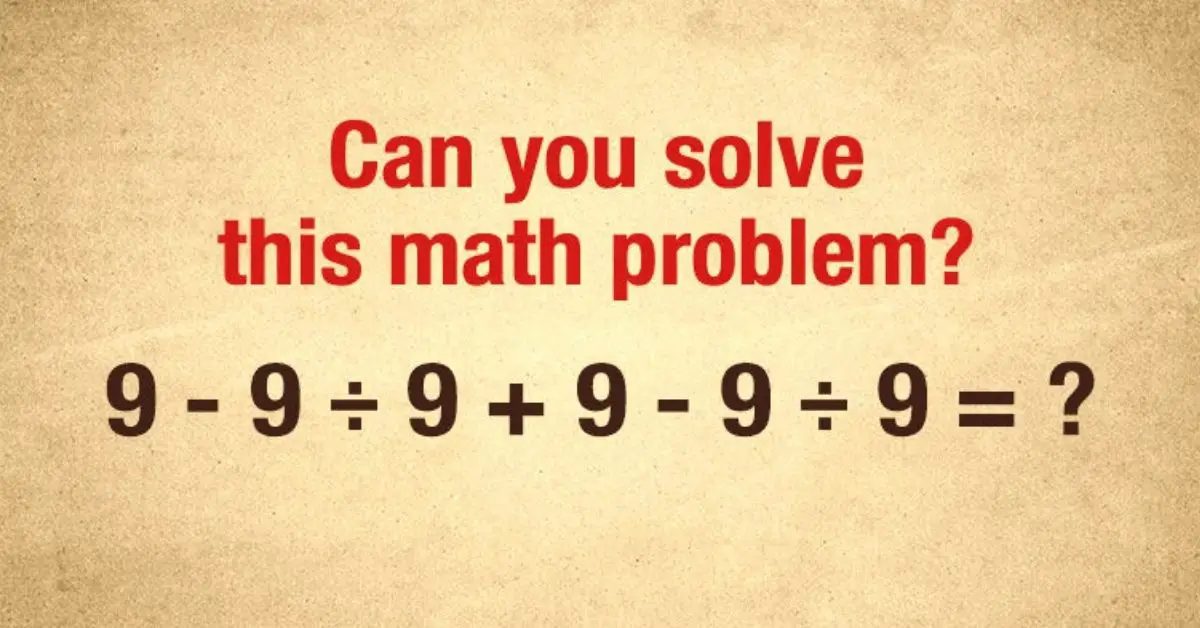
They are fully instructional texts that cover all of the major topics in their strands. You like friendly, more informal, books with explanatory "note bubbles" and skull-and-crossbones (signifying difficult problems) in the marginsĭespite what the title reads, these are not just books of problems. There are times when you "just don't get it" and would like an alternate instructional resource to turn to You've gone through Algebra and never heard of matrix Algebra or synthetic division You want to review the math you took with another book You've already taken a course in this math subject, and failed You want a math book with a sense of humor You feel that working more problems would help you improve You need more hand-holding than your Saxon book provides when working problems So, besides doorstops, what are they good for? Why would anyone want a book with 1,000 problems in it, anyway? Here's the short answer: Soon enough, world problems will not be so troubling for them after all and they will grow to become more confident, eager learners.If you're after size, these books will not disappoint. So for this problem, we can divide 432 by 16 and we will get 27, then divide 27 by 3 and get 9.Īs challenging as word problems can be for children, having them follow these simple 7 steps will help them better understand word problems and see beyond the complicated words. Mathematically, we can check our work by doing the opposite of whatever operation we used. The last step of course is to check your work by seeing if the answer fits the question asked. 27 shelves x 16 books per shelf = 432 books. Next, we must multiply the number of books per shelf by the number of shelves. 9 shelves per case x 3 book cases = 27 shelves. First, we should multiply the number of shelves per case by the number of cases. *this can be a key word for addition and multiplicationĪccording to the chart above, we should use multiplication. “equal parts” “split between” “separated”, “percent” “doubled/tripled”, “each” “equal groups” “in al”, “of”, “per” “decrease”, “difference”, “fewer”, “how many more”, “how much greater”, “have left”, “remain” “all together”, “both”, “combined”, “total”* “additional” Here are some of the most popular key words for word problems: As your child gets more practice with word problems, finding the key words will get easier. For this problem, my list of what is given would be:Įvery word problem has key words to look out for that tell you what operation to do. The student should write it down at the top or side of the scrap paper so they always have it as a reference when doing the problem. It is for this reason that we need to list what is given before any problem. Your outcome probably did not turn out well. Think about the last time you tried to fill in the blanks or assume an answer without knowing all the facts. If you try to solve the problem without knowing what tools you are given to solve it, you will not get the right answer. It is always good to start with listing the things you know. We first have to find how many shelves he has and then find out how many books are on all of the shelves to know how many books he has altogether. There is more than one step for this problem. How many dogs do Molly and Jason have together?” This one, however, we have to think about. It can be as simple as “Molly has two dogs, Jason has three. Some word problems are straight forward with their questions. The picture should take into account all of the aspects of the problem. As they get older, they can start to visualize in their head but at a young age they should be drawing out a picture that explains to them what the problem is about. Students need to visualize a problem to understand it, especially younger students. They can form a clearer picture in their head of the problem and they are more prepared to solve it. When your child reads the problem aloud, they are saying and hearing the problem.

If your child does not know what the problem is asking, then they cannot solve the problem. This is due to time limits on classwork and tests.

Kids have a tendency to rush through every problem. If each shelf can hold 16 books, how many books does Kevin have? He has 3 large bookcases that each have 9 shelves on it all filled with his books. Consider the word problem below.Įxample: Kevin loves to read. Students struggle with seeing the math behind the words.Ī proven step-by-step method for solving word problems is actually quite simple. The most common issue is with word problems. There are some problems that prove difficult to a lot of students to understand. As your child advances in school, they will come to a few stumbling blocks.


 0 kommentar(er)
0 kommentar(er)
